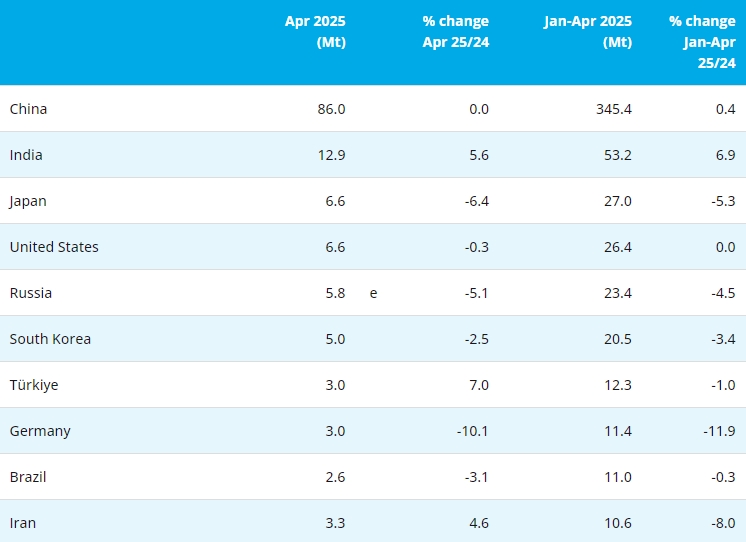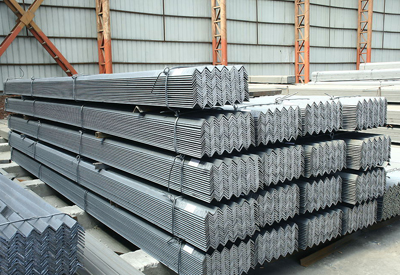The antimony market is poised to do something, traders say. They just are not sure what. Prices in China are firmer because of government purchases for the stockpile, but market sources point out that producer and trader stocks in China are quite large. “There is a reason that antimony prices have been falling for the last six months,” said a trader. “There is a lot of antimony in inventory.”Even so, Western traders report that they are receiving inquiries from consumers looking to cover requirements for July, August and September. “We are hearing from some of our customers that their business has picked up,” said a trader. Convincing customers to pay current spot prices of around $4.80 per lb could be a challenge, traders conceded. Some transactions were done in Europe at about $10,400 per mt last week.
Bismuth prices continued to soften on fairly solid business. Spot prices were $8.50-8.65 per lb compared to $8.65-8.85. Selenium prices took another dip to $32-35 per lb compared to $35-38. One trader said he was being pressured to sell below $30, but he was holding out as long as possible.
Chinese indium spot prices firmed marginally last week, based mostly on speculative buying. Spot prices were 3,670-3,720 yuan ($599-607) per kg, VAT included. A producer in Hunan sold 2 mt of material at 3,700 yuan ($604) per kg. A new round of investment buying may be starting, sources said. The Fanya Exchange is continuing to purchase metal from the spot market, but physical demand from end-users remains limited. The crude indium supply is tightening again due to regulators cracking down on plants that are violating environmental rules. Crude indium prices were 3,400-3,450 yuan ($555-563) per kg, VAT included.
Indium prices outside of China held steady last week, but the trend line has been down for the past two years, said Brian O’Neill, Indium Manager at AIM Specialty Materials. Speaking at the Minor Metals Trade Assn. Meeting in Washington, D.C., last month, O’Neill said that demand growth for indium is and will continue to be respectable, thanks to liquid crystal display screens and LED lighting.
Demand growth, however, is not sufficient to counter-balance the large indium supply surplus. With more and more recycling, there have been major supply shifts, O’Neill said, with more secondary than primary production. O’Neill figures annual world production is 1,460 mt of which 560 mt is primary and 900 mt is secondary. Annual indium demand, meanwhile, is currently 670 mt, with 400 mt from indium tin oxide (ITO) and 270 mt from other applications.
The indium surplus, O’Neill said, is residing in Chinese indium exchanges including Fanya and the China Stainless Steel Exchange, in the ITO recycle loop and with Western investors. A significant percentage of the surplus is stranded in the ITO recycle loop, O’Neill said, and while recycling has undermined spot buying, it has not had as much effect on prices as the exchanges have.
According to some reports, O’Neill said, China’s exchange warehouses are holding nearly 900 mt of indium, and investors are paying $900 per kg to buy 1-2 kg of indium on the exchange. It’s possible the bursting of the real estate bubble in China pushed investors toward indium and other commodities, but O’Neill says, when the indium fad ends and investors want to get their money, the Western market could be flooded with 900 mt of indium.
Copyright © 2013 Ferro-Alloys.Com. All Rights Reserved. Without permission, any unit and individual shall not copy or reprint!
- [Editor:editor]



 Save
Save Print
Print Daily News
Daily News Research
Research Magazine
Magazine Company Database
Company Database Customized Database
Customized Database Conferences
Conferences Advertisement
Advertisement Trade
Trade




 Online inquiry
Online inquiry Contact
Contact

Tell Us What You Think